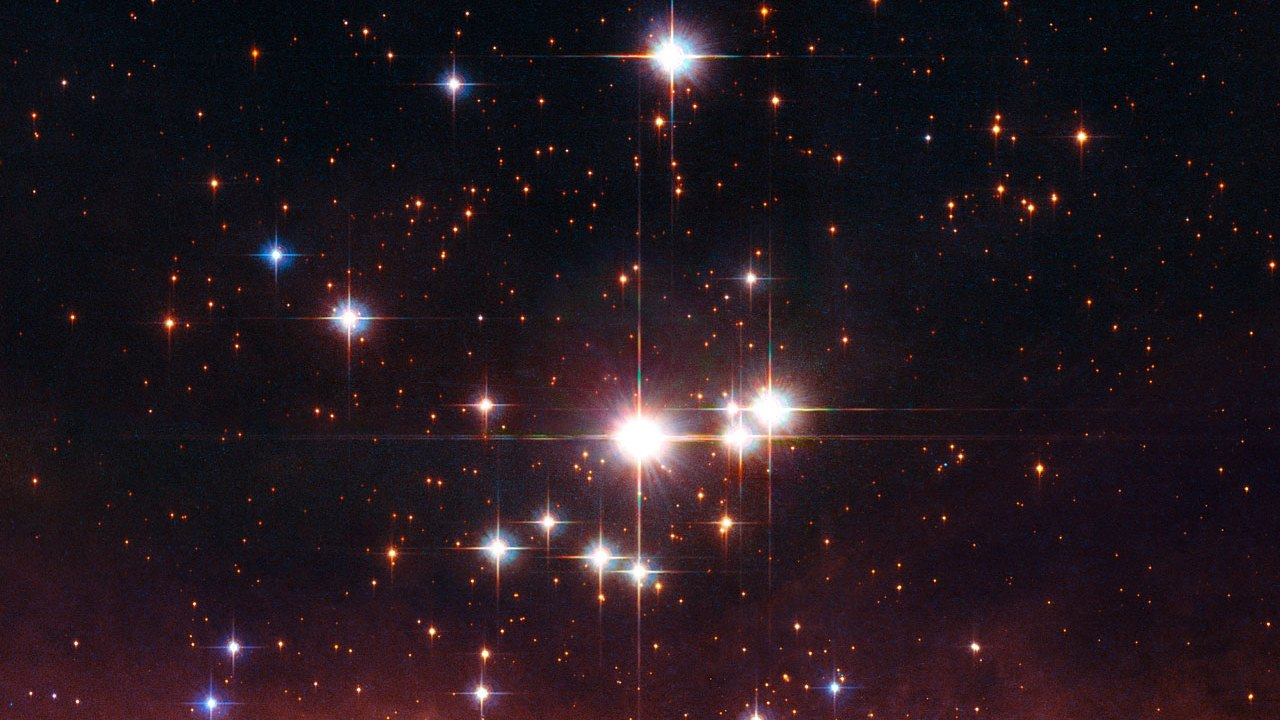

The star further contracts until the energy production in the core exactly compensates the radiation losses at the stellar surface and a stable equilibrium has been reached. The core temperature of the new star is now high enough for hydrogen fusion to commence. When the accretion process is finished, the surrounding disk disappears and the surface of the new star becomes visible B275 has entered this phase. This mass-accretion process is physically complicated and poorly understood, and it is often accompanied by the presence of strong jets. This is in agreement with the predictions of current star formation models.Īt an earlier phase in the formation process, a rotating gaseous disk surrounds young massive stars, feeding the forming star. The spectrum indicates that B275 is about three times as large as a normal main-sequence star, which is about seven times more massive than our Sun. This has resulted in the first firm spectral classification of a massive star on its way to the main sequence.

Recently, a spectrum has been obtained of the young star B275 in the Omega Nebula (M17) with the new, powerful spectrograph X-shooter on the European Southern Observatory’s Very Large Telescope in Chile. The reason is that forming stars are deeply embedded inside their parental clouds that obscure their birthplaces from view. Their observations confirm the theory that, at the conclusion of the formation process, a massive star further contracts until it has reached a stable equilibrium.įor many years, it has been a challenge to obtain a clear spectrum of a massive star still in the process of formation. Astronomers from the University of Amsterdam in the Netherlands have shown that forming massive stars are much bigger than grown-up massive stars.


 0 kommentar(er)
0 kommentar(er)
